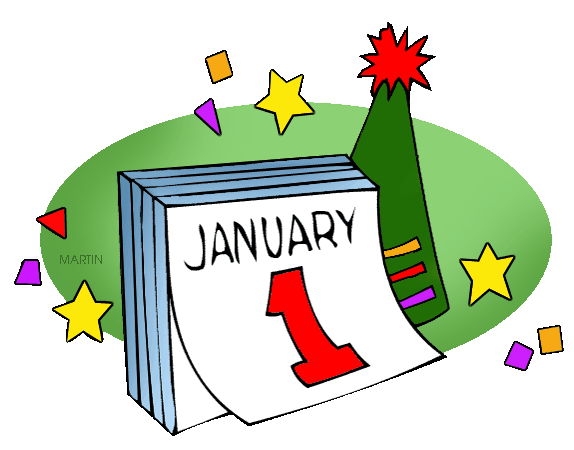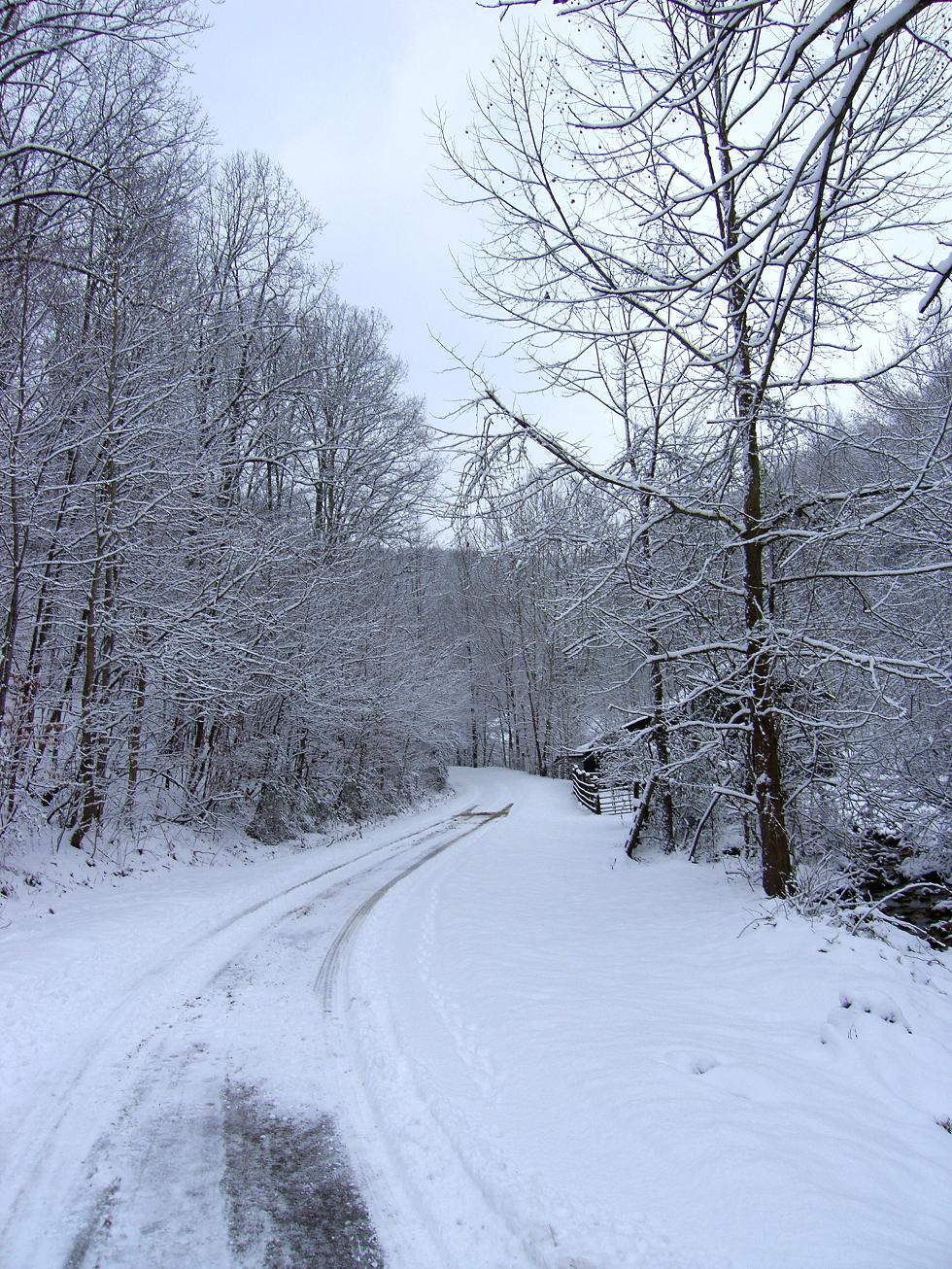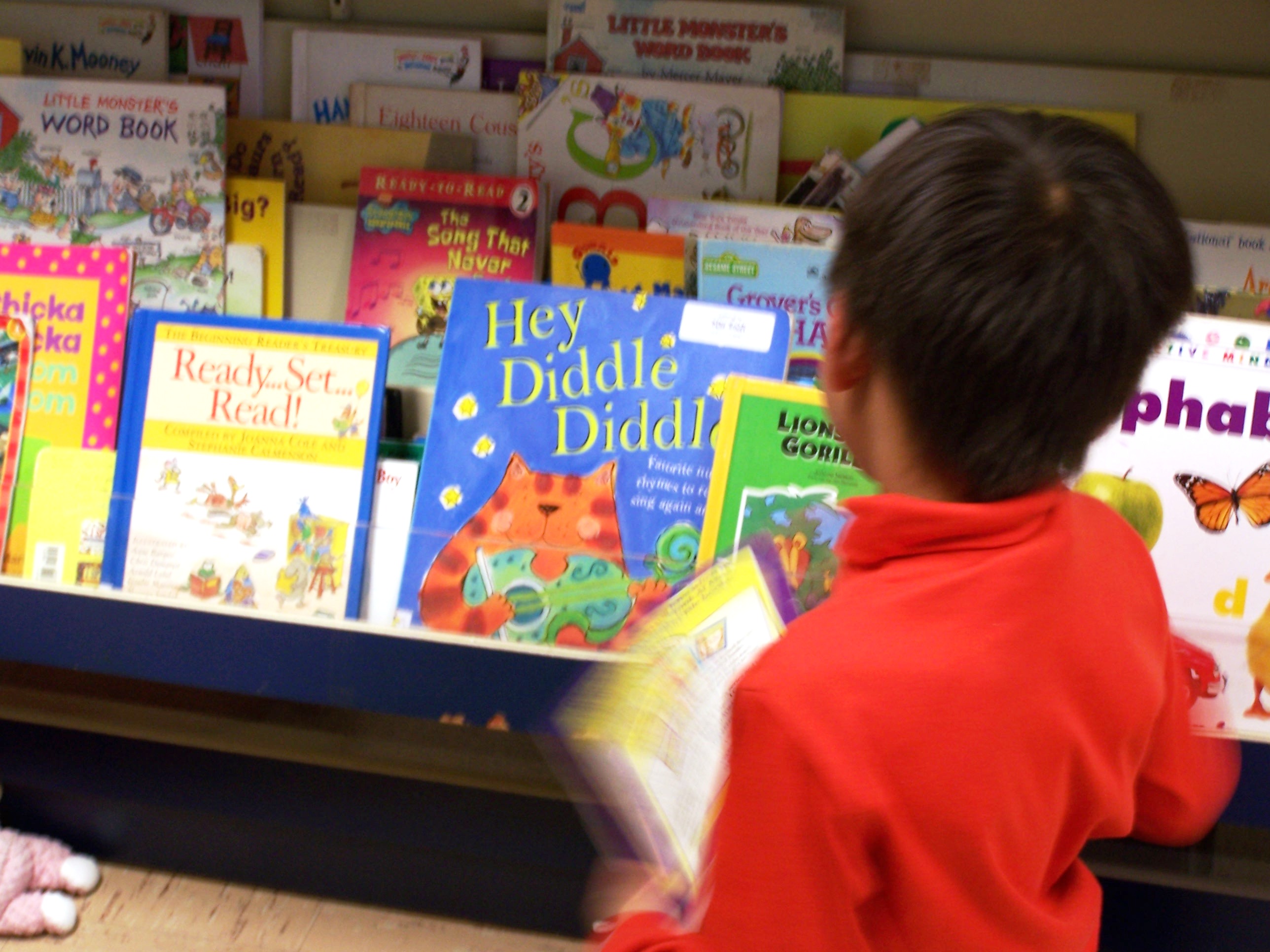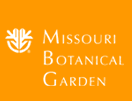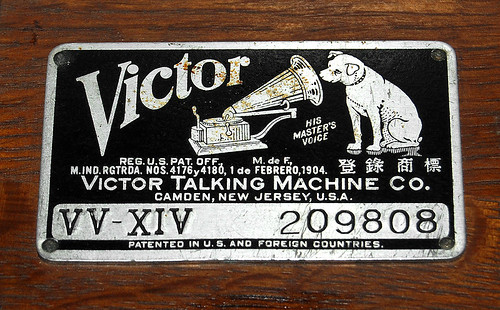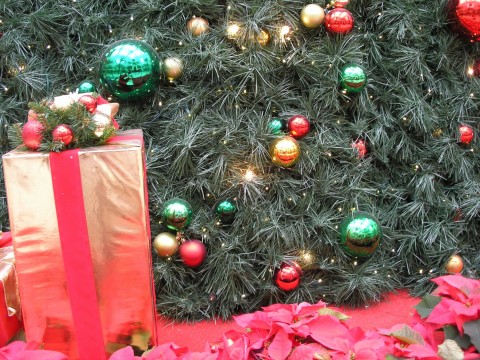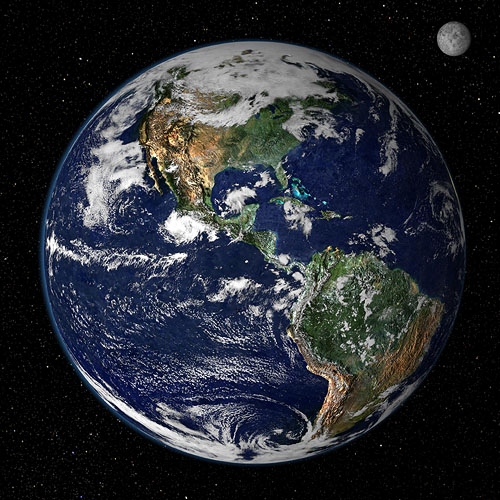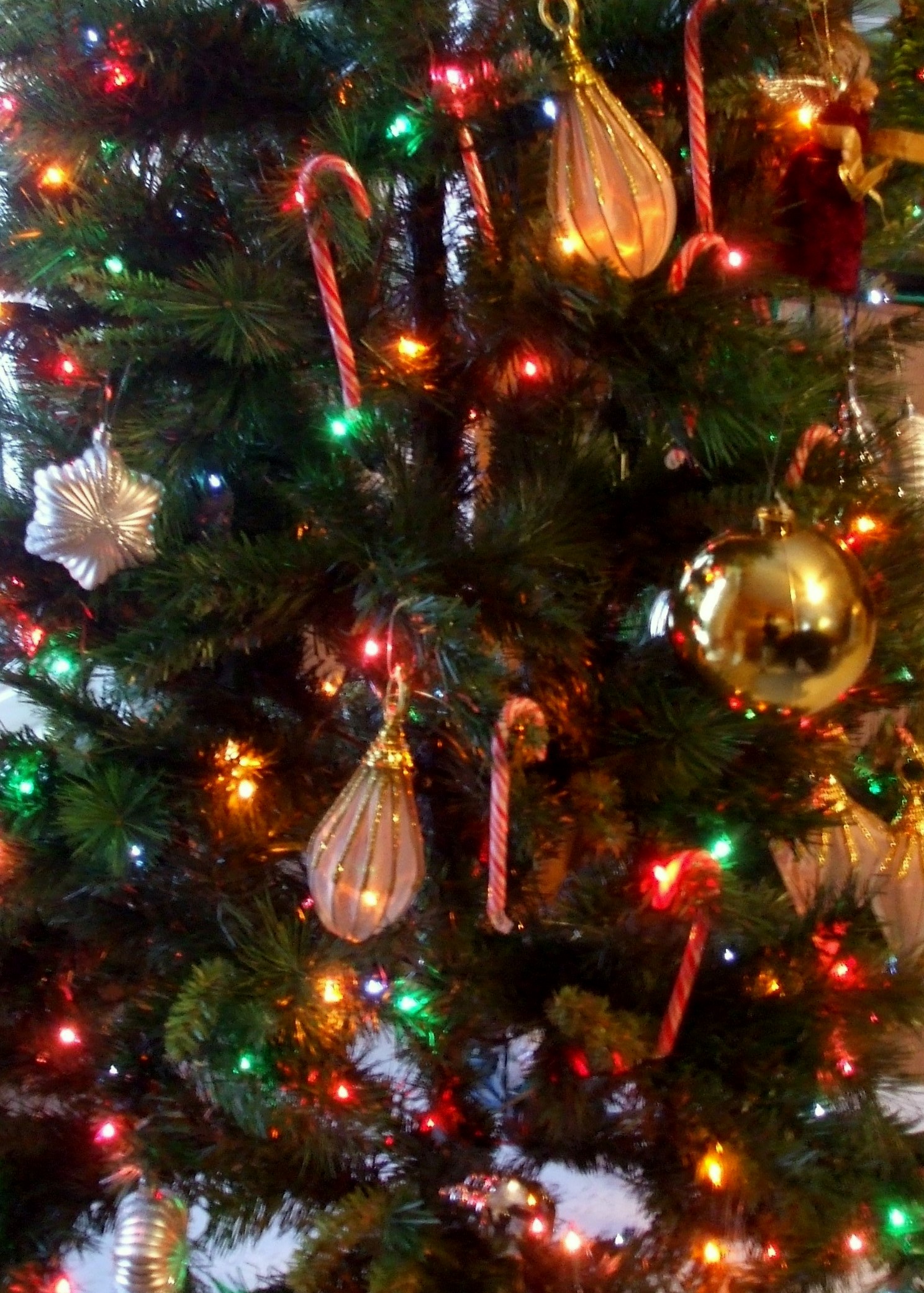We don't usually get a white Christmas here in North Carolina, but it is still a fun time to talk about winter and snow, especially if you have kids that can't talk about Christmas or holidays. There are so many different ways to talk about snow and winter - snowflakes with math shapes, tracking snowfall in different areas, biographies of people like
Snowflake Bentley, looking at how people deal with snow now versus in the past, weather elements of how snow is made, how animals adapt to survive winter, and so much more. In addition, there are many picture books about snow that can bring in various literary elements, poetry about snow, writing about being stuck in a blizzard or your snowman coming to life. The possibilities are endless.
Here are some resources that might help with some of these areas. The Library of Congress has several resources such as this
Science Reference Guide on snow that includes photos of snowflakes, links to many websites, and suggested reading titles.
NOAA has a photo library also of snowflakes.
Snow Crystals includes a lot of snowflake pictures, ice and snow activities, myths about snow, activities for kids, and more. The official
Snowflake Bentley site has a biography, links to use, and a snowflake matching game, while the
Buffalo Museum of Science also has a large section about him including biographical information, photos, and more. The Library of Congress also hosts Everyday Mysteries,
here is one about how it is possible that no two snowflakes are alike. You could also show students this picture of a
snow gauge from a 1917 book and see if they can guess what it is.
Some of my favorite books about snow to read with students are
Owl Moon,
Snowy Day,
Stranger in the Woods,
Snowmen at Night,
The Biggest Best Snowman,
Katy and the Big Snow, and
Snowballs. Here are some links to other title lists about snow and winter also.
Best Children's Books About Snow and Winter,
Children's Poetry Books About Winter, and
Delightful Children's Books all list good titles for snow.
Some fun introductory activities online might be making snowflakes
here or
here,
other snowflake integrated activities, or check out
Wonderopolis! There are many Wonderopolis wonders about snow such as the
difference between snow, sleet and freezing rain;
why all snowflakes are different;
why we put sand or salt on roads when it snows; and
why different states have different weather.
So heat up the hot chocolate and start a trek through a winter wonderland!
